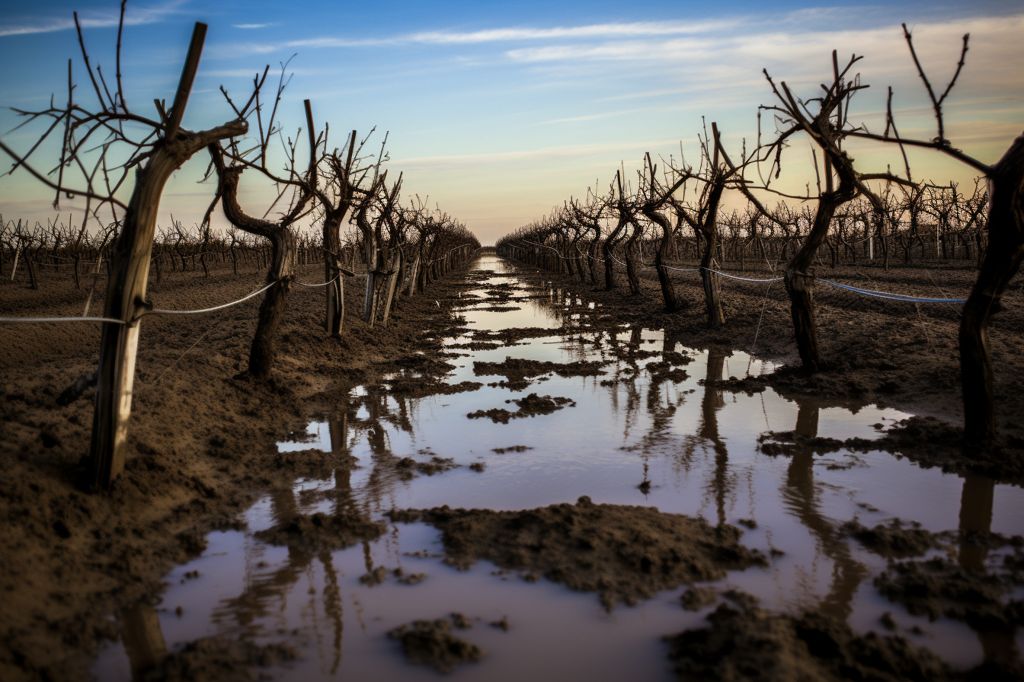South Africa is embracing digital transformation and striving to bridge the digital divide, with a penetration rate of 72.3% among its 60.14 million people. The SA Connect Project is a key initiative designed to increase broadband penetration and connectivity across the country, with the government aiming to offer internet access to 80% of the population within the next three years. Despite these advancements, South Africa still ranks 136th out of 233 countries in terms of expensive mobile data plans, and the government is examining policy instruments aimed at reducing the cost of communication.
Embracing Digital Transformation
The digital era has ushered in a time of unprecedented change, providing both challenges and opportunities for South Africa. Deputy Minister of Communications and Digital Technologies, Mr. Philly Mapulane, recently emphasized the need to bridge the digital divide and foster social and economic inclusivity. As transformative technologies like artificial intelligence, the Internet of Things, robotics, and augmented reality converge rapidly, the world stands at a crucial turning point.
With 43.48 million internet users in South Africa, the country boasts an impressive penetration rate of 72.3% among its 60.14 million people. To stay competitive in the rapidly evolving digital landscape, the government acknowledges the importance of fostering a conducive environment for businesses to invest in this burgeoning sector. By continually reviewing policies and encouraging public-private partnerships, South Africa aims to maintain flexibility and adaptability in the face of technological progress.
SA Connect Project: Expanding Broadband Access
A key component of South Africa’s digital transformation is the SA Connect Project, a landmark initiative designed to increase broadband penetration and connectivity across the country. Through this program, the government aspires to offer internet access to 80% of the population within the next three years. State-owned entities Broadband Infraco and Sentech are investing in digital infrastructure to guarantee coverage and access to broadband services, connecting over 5 million households by expanding their core network and deploying open access base stations and community Wi-Fi hotspots.
The allocation of high demand frequency spectrum holds significant potential for positively impacting South Africa’s socio-economic development. In March last year, the Independent Communications Authority of South Africa (ICASA) successfully assigned high demand frequency spectrum through an auction process, raising R14.4 billion for the fiscus. The availability of this spectrum is expected to enhance mobile telecommunications operators’ ability to construct robust networks with superior penetration and reach. The winning mobile network operators have also committed to social obligations, agreeing to connect 18,520 public schools, 5,731 public health facilities, 8,241 offices of traditional authorities, and 1,154 police stations within 36 months of licensing.
Addressing the High Cost of Data
Despite these advancements, South Africa still ranks 136th out of 233 countries in terms of expensive mobile data plans. As more services shift online and content is increasingly consumed virtually, data has become a basic commodity akin to water and electricity. To tackle this issue, the government is examining all policy instruments aimed at reducing the cost of communication, including recent draft legislation approved by the cabinet on its way to Parliament.
A controversial aspect of the draft Next Generation Radio Frequency Spectrum Policy is the suggested shutdown of 2G and 3G legacy networks by June 2024 and March 2025, respectively. While this action would free up spectrum for cutting-edge technologies and facilitate the deployment of new equipment, it has received mixed reactions. Critics argue that terminating 2G networks could negatively impact machine-to-machine (M2M) and IoT services, including point-of-sale devices, vehicle tracking systems, emergency services systems, smart metering, and private alarm systems. In response to these concerns, the government has revised the proposed date in the draft policy to a later date and will conduct an economic assessment of the impact of switching off these networks.
In the realm of broadcast digital migration, South Africa recently reached a significant agreement with broadcasters to discontinue analogue television broadcasting above 694MHz by July 31, 2023, followed by a temporary accommodation of some high population areas below 694MHz. This dual illumination approach will persist until December 31, 2024, when analogue television broadcasting will be entirely phased out.
Private Sector Collaboration: Ensuring Inclusive Connectivity
As South Africa strives for a more connected future, Deputy Minister Mapulane has urged the private sector, including Nedbank, to support a school in each of the country’s nine provinces by providing connectivity and gadgets. This collaborative effort is essential to ensure that the internet is accessible by all and that the advantages of digital transformation are experienced by every South African.
1. What is the SA Connect Project?
The SA Connect Project is a key initiative designed to increase broadband penetration and connectivity across South Africa, with the government aiming to offer internet access to 80% of the population within the next three years.
2. How is the SA Connect Project expanding broadband access?
State-owned entities Broadband Infraco and Sentech are investing in digital infrastructure to guarantee coverage and access to broadband services, connecting over 5 million households by expanding their core network and deploying open access base stations and community Wi-Fi hotspots.
3. What is the penetration rate of internet users in South Africa?
South Africa boasts an impressive penetration rate of 72.3% among its 60.14 million people, with 43.48 million internet users in the country.
4. How is South Africa addressing the high cost of data?
The government is examining all policy instruments aimed at reducing the cost of communication, including recent draft legislation approved by the cabinet on its way to Parliament. One controversial aspect of the draft Next Generation Radio Frequency Spectrum Policy is the suggested shutdown of 2G and 3G legacy networks by June 2024 and March 2025, respectively.
5. What is the impact of shutting down 2G and 3G legacy networks?
Critics argue that terminating 2G networks could negatively impact machine-to-machine (M2M) and IoT services, including point-of-sale devices, vehicle tracking systems, emergency services systems, smart metering, and private alarm systems. In response to these concerns, the government has revised the proposed date in the draft policy to a later date and will conduct an economic assessment of the impact of switching off these networks.
6. What is the government’s aim in reducing the cost of communication?
The government aims to reduce the cost of communication to make data a basic commodity akin to water and electricity, as more services shift online and content is increasingly consumed virtually.
7. How is the private sector collaborating with the government to ensure inclusive connectivity?
Deputy Minister Mapulane has urged the private sector, including Nedbank, to support a school in each of the country’s nine provinces by providing connectivity and gadgets. This collaborative effort is essential to ensure that the internet is accessible by all and that the advantages of digital transformation are experienced by every South African.
8. What is the current ranking of South Africa in terms of expensive mobile data plans?
South Africa still ranks 136th out of 233 countries in terms of expensive mobile data plans.








